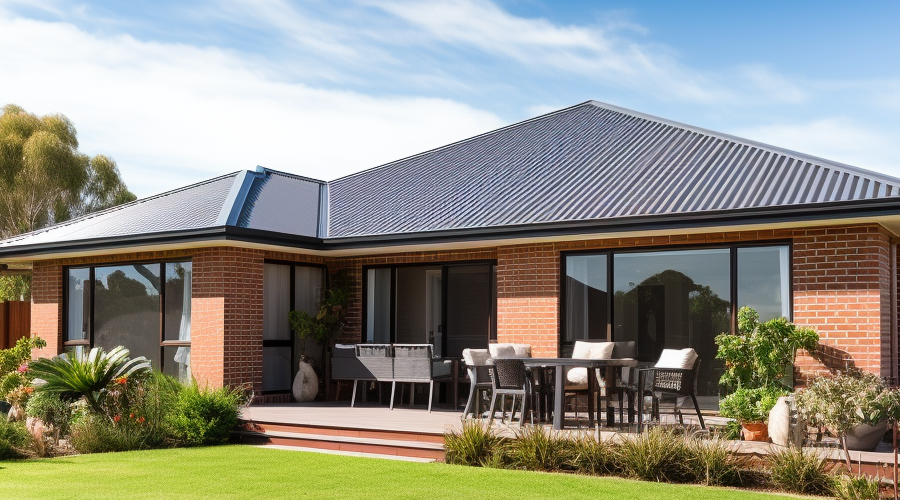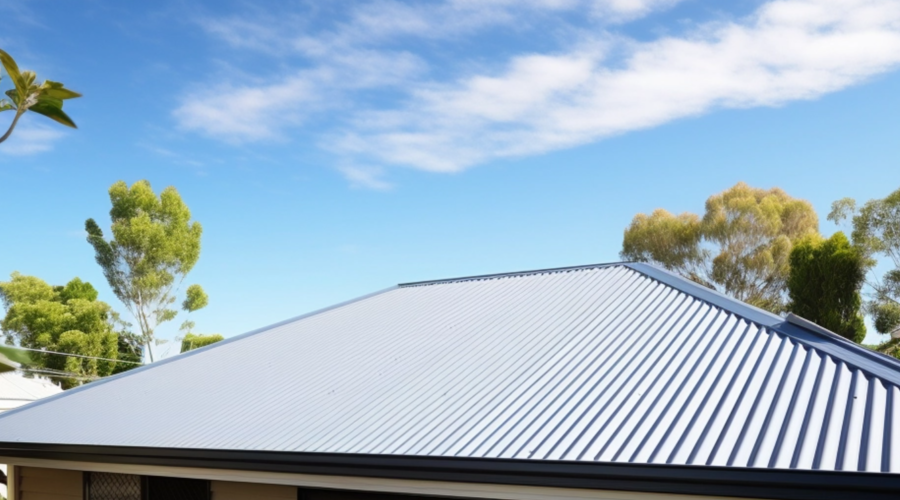DIY Roof Repair
A Comprehensive Guide for Homeowners
Repairing your own roof can seem like a daunting task. But with the right materials, tools, and safety precautions, a DIY roof repair is totally doable for a dedicated do-it-yourselfer. Learn how to identify common roof damage, gather supplies, and conduct simple roof repairs to extend the life of your roof.
Key Takeaways
- Inspect your roof regularly to catch small problems before they become big leaks. Look for missing, cracked, or curled shingles.
- Always practice safety first when working on a roof. Use harnesses, anchors, toe boards, and the buddy system.
- Start by cleaning debris with a roof rake and stiff bristle broom. Repair curled or cracked shingles with roofing cement.
- Replace missing or broken shingles with new architectural shingles using galvanised roofing nails. Consider adding roof sealant.
- Make flashing repairs using adhesive membrane, metal strips, silicone caulk, and painters tape.
- Know when it’s time to call a professional roofer for complex repairs or full roof replacement. Trying to DIY everything can cost more in the long run.
Assessing Roof Damage
Inspect all surfaces of your roof, looking for common problems:
Curled Shingles
Over time, shingle corners can crack and peel back. This allows water intrusion which will only expand the curled area. Use a flat trowel to spread roofing cement under loose corners then press back down firmly. Add a weight like a piece of wood on top and let cure 1-2 days.
Cracked Shingles
Step on cracked shingles to test if they shift. If solid, inject roofing cement into the crack and spread flat, then let cure. If the shingle moves, pry it up and replace with a matching shingle.
Missing Shingles
Storms or age can cause total shingle loss. Scrape off old roofing cement or nails, slide a new shingle into place, nail properly, and seal the edges with cement.
Flashing Damage
Places where the roof meets walls, vents, chimneys, etc need flexible flashing material to allow movement. Look for gaps or holes and repair as early as possible to prevent leaks.
Moss Growth
North facing roofs see the most moss. While not inherently damaging, moss holds moisture against shingles which can deteriorate their waterproof bond. Remove with stiff brush and kill remaining spores with bleach or zinc strips.
Gutter Damage
Inspect gutters for proper slope drainage, looking for leaks, holes, clogs with debris, separation from the roof line, or entire sections pulling loose. Repair gaps with caulk then reinforce/replace as needed.
Roof Repair Safety Essentials
Working on a roof is always dangerous. Minimise risk with:
- Proper attire – wear shoes/boots with grip tread and non-slip gloves
- Anchor points – secure harnesses and tie-off ropes
- Use the buddy system – have someone monitor the ground as you work
- Mind weather conditions – only work in dry, low wind weather to avoid slippery surfaces
- Protective equipment – wear protective goggles, hearing protection (for hammering), knee pads, etc
- Barricade the area below – use cones and tape to prevent access below the work area
- Only work within your comfort zone – don’t take unnecessary risks.
DIY Roof Repair Process
Follow these key steps to repair common roof damage:
1. Inspect and Clean the Roof
Use binoculars and walk the entire roof looking for any cracked, missing, loose or damaged shingles, flashing, vents, etc. Mark problem areas with painters tape.
Remove debris like branches and leaves with a roof rake. Then sweep remaining grit with a stiff nylon brush. Avoid metal bristle brushes which can further damage shingles.
2. Make Small Shingle Repairs
Apply a thick bead of roofing cement anywhere shingles are loose or cracked then firmly press back into place. Reinforce with galvanized finishing nails if needed.
On curled corners or edges, flatten the area and apply cement underneath, using a weight to hold it flat as it cures.
3. Replace Missing or Broken Shingles
Carefully pry up and remove any missing or cracked-beyond-repair shingles. Scrape the area completely clean and dry.
Slide a matching replacement shingle into place, overlapping surrounding shingles properly. Outline the shingle perimeter with roofing cement for waterproofing then nail into place with galvanised roofing nails.
Finally, seal the entire replacement shingle surface with cement to bind it to surrounding shingles so it won’t fly off in high winds. Let cure fully before walking over the area.
4. Repair Flashing
Seal any tears or gaps in metal roof flashing with flexible adhesive membrane then reinforce with silicone roof caulk.
If flashing is detached, scrape away old caulk and rust. Apply fresh caulk and secure flashing in place with painters tape until the caulk sets.
Damaged chimney flashing can often be patched by embedding new flexible membrane underneath and sealing the edges.
5. Check Your Attic
After exterior repairs, go inside the attic and check the underside area for any sunlight peeking through. Mark any interior leaks needing additional attention from outside.
6. Consider Adding Sealant
For older roofs, apply a protective liquid sealant over the entire surface to increase weatherproofing and longevity. Choose a sealant compatible with your existing shingle type.
Let the sealant penetration for 48-72 hours before walking over the roof.
7. Do Regular Inspections
Roof repairs can quickly become roof replacement if not properly maintained. Plan to inspect your roof at least 2-4 times per year, plus always after severe storms.
Watch for new damaged or loose areas and address promptly. Gutters also need regular cleaning out of debris buildup.
Roof Repair FAQs
What is the best roofing material to withstand my climate?
The best roofing materials depend on your geographic climate conditions. In cold northern regions with heavy snow, metal or synthetic rubber roofs handle heavy snow load well. In hot southern climates, clay tiles reflect heat better than dark asphalt shingles. Consult a local professional roofing contractor on the ideal roofing material for your area’s weather.
How can I find the source of my roof leak?
Start by thoroughly inspecting the roof’s exterior for any visible water damage, looking around areas like vents, chimneys, and valleys where water can intrude. Check the attic ceiling for water stains too, tracing drips to pinpoint the leak location. If unable to find the leaky roof source, call a roofing contractor to inspect with more specialised tools.
Can I make minor DIY repairs if hiring a full roof replacement is too costly for my budget right now?
Yes, while even a small roof leak should be promptly addressed before causing extensive damage, basic DIY repairs like sealing flashing gaps or replacing a few loose roof tiles or roof shingles can extend your existing roof’s lifespan for years and preserve your home’s curb appeal. Eventually full replacement will be needed, so keep saving.
Why does my roof deck already show rot when my roof looks fine externally?
Sometimes a small roof penetration or minor roof leak around a roof vent or roof edge flashing deteriorates hidden wood structure before external roof shingles display noticeable damage. That’s why regular roof inspection including attic checks is essential catch common roof repairs. Call a roofing company to evaluate the full type of roof damage present and recommended repair plan.
Conclusion
Performing DIY roof repairs requires diligence, safety preparations, and quality materials, but can greatly extend your roof’s lifespan. Regularly inspect your roof and understand its type, likely leak points, and repair options. Then apply the right solution to restore roof quality and peace of mind against the elements.



